April 13, 2025 | 19:07 GMT +7
April 13, 2025 | 19:07 GMT +7
Hotline: 0913.378.918
April 13, 2025 | 19:07 GMT +7
Hotline: 0913.378.918
The steps for off-season durian farming are as follows:
1. Water control: Drain the irrigation channels completely and cover the surface of the planting beds and the base of the trees with plastic sheeting to prevent rain from reaching the root. Installing a plastic dome over the planting beds, while more costly, is significantly more effective. It prevents rainwater from reaching the root and facilitates moisture evaporation from the soil, allowing the trees to dry out more quickly.
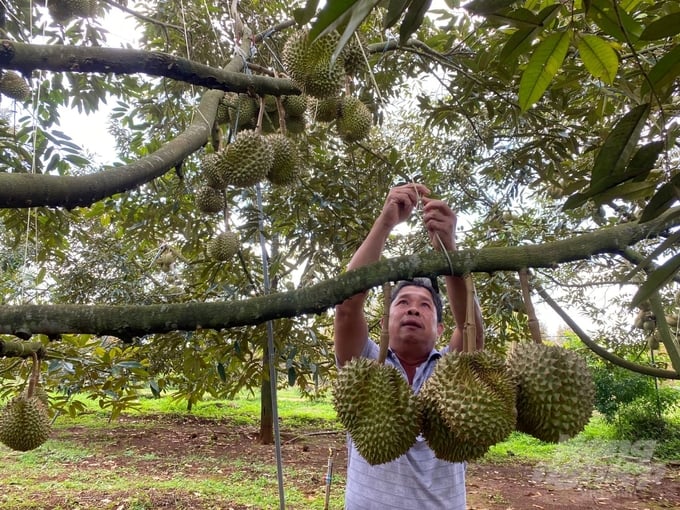
Durians ready for harvest. Photo: Hai Tien.
2. Root blocking: Dig a trench measuring between 20 and 30 centimeters wide and 30 centimeters deep, at a distance of 2.5 to 3 meters from the base of each durian tree. After 7 to 10 days, fill in the trench to avoid impacting the growth and development of future durian flowers and fruits.
3. Stimulate new shoot growth: Immediately after harvest, prune away diseased, weak, and crossing branches, as well as any shoots on fruit stems and main branches. Apply a copper-based fungicide to prevent leaf spot disease. Then, fertilize each tree with 10 to 15 kilograms of decomposed organic matter and 1 to 2 kilograms of NPK (3-2-1). If the soil has a pH level below 5, add 3 to 5 kilograms of lime per tree and water every two to three days. Apply a high-phosphorus and potassium foliar fertilizer to induce a second flush of shoots. After the new leaves turn light green, repeat the fertilization process. Maintain a water depth between 60 and 80 centimeters in the irrigation channels.
4. Chemical application: Apply PBZ (paclobutrazol) to reduce vegetative growth and stimulate reproductive growth, prompting the tree to flower and fruit as desired. Apply PBZ (0.10-0.15%) evenly on both sides of the leaves when the final flush of shoots turns to silk-like leaves. Note that PBZ should not be applied to the soil, as it can remain in the soil for over two years.

A durian farm in Kon Tum province. Photo: Hai Tien.
5. Flower bud initiation: When the tree produces silk-like leaves (approximately one month before applying PBZ), apply NPK (1-3-3) to promote flower bud differentiation. Alternatively, apply a 2:1 mixture of potassium and DAP fertilizers at a dosage of 0.5 kilograms per tree; or spray superphosphate 86 on the leaves once or twice at 10 to 15-day intervals. Approximately 7 days before applying PBZ, remove all axillary shoots from fruit stems and apply 0.5% MKP (0-52-34) to the trees to ensure uniform leaf maturation. Drain the irrigation channels completely until the flower buds are visible.
6. Flowering management: Dig a trench measuring between 20 and 30 centimeters wide and 30 centimeters deep, at a distance of 2.5 to 3 meters from the base of each durian tree. Cover the surface of the planting beds with plastic sheeting and apply PBZ at a concentration of 1,000-1,500 ppm evenly on both sides of the durian leaves in the early morning or late afternoon (without PBZ treatment, the off-season flowering rate reaches only 50 to 60%).
When the flower buds are visible, spray KNO3 (0.5-1%) to foster healthy bud development and prevent dormancy (where buds become hardened). Reapply this treatment if bud development is poor. Remove the plastic covering from the planting beds and apply a 3:1 mixture of NPK (1-1-1) and urea fertilizers to stimulate shoot growth when the flower buds become prominent and round, at a dosage of 0.5 to 0.7 kilograms per tree.
For flower nourishment (25 to 30 days after bud initiation), apply 0.2 to 0.3 kilograms of NPK (1-1-1) per tree. When flowers have developed for 20 to 40 days, selectively prune excess flowers from trees with heavy flowering. Remove flowers outside the canopy, on the trunk, or close to the main trunk, as well as clusters with small stems, leaving only evenly spaced clusters with large stems on the branches.

Dona durian is currently in high demand. Photo: Hai Tien.
7. Improving fruit setting: Apply calcium and boron 3 to 5 days before and after flowering to improve fruit setting. Perform supplemental pollination by gently brushing a nylon brush across the flowers at between 6:00 and 9:00 PM. Only pollinate flowers in the central part of the branch to avoid damaging the branches.
8. Tree care during fruit development: 7 to 10 days after fruit setting, apply NPK (0.5%, 1-2-1) and GA3 (gibberellin) at a concentration of 5 to 10 ppm twice, 10 to 15 days apart, to reduce premature fruit drop. 15 to 20 days after fruit setting, apply calcium and boron along with pesticides to prevent fruit pests and drop. For the first fruit nourishment cycle (25 to 30 days after fruit setting), apply 1.0 to 1.5 kilograms of NPK (1-1-1) per tree, depending on the tree’s growth.
For trees with poor growth or high fruit load, apply additional mixtures of 3:1 NPK and urea fertilizers. For the second fruit nourishment cycle (60 to 65 days after fruit setting), apply 0.5 to 1 kilogram of NPK (2-1-3) per tree and foliar spray KNO3 (0.5-1%). Additionally, spray calcium and boron twice at 12-day intervals to promote fruit development. The third fruit nourishment cycle is similar to the second; however, this approach should only be applied to durian varieties with a long fruit development time (longer than 100 days), such as Monthong (Dona).
9. Fruit thinning (20 to 25 days and 40 to 45 days after fruit setting): Remove misshapen fruit, small-stemmed fruit, and thin out excess fruit clusters. For trees that are between 10 and 15 years old, retain only 70 to 100 fruits per tree. Regularly apply MKP (0-52-34) at a concentration of 2 to 2.5%; or KNO3 (1.5%) every 15 to 20 days to inhibit new shoot growth.
30 to 35 days after fruit setting, apply Ca(NO3)2 at a concentration of 0.2% to reduce fruit hardening. For the Ri6 durian variety, apply calcium and boron foliar sprays to prevent fruit burning, followed by MgSO4 (0.2%) to reduce fruit hardening. To prevent fruit softness during the rainy season, drain irrigation channels and cover planting beds with plastic sheeting 25 to 30 days before the harvesting season.
10. Pest and disease control: Monitor and manage pests such as mites, aphids, mealybugs, thrips, anthracnose, and fruit rot, particularly during new leaf flushes, before and after flowering, and during rainy seasons.
Collect and dispose of fallen fruit outside the farm to prevent contamination. Adhere to Integrated Pest Management (IPM) and Integrated Crop Management (ICM) guidelines, and ensure food safety standards.
11. Harvesting: Harvest when the fruit skin changes from light brown to yellow-green and a tapping sound can be heard when the fruit is struck with a wooden stick. Halt harvesting during heavy rain to prevent the fruits from becoming mushy. After draining the irrigation channels, resume harvesting after 3 days. Treat fruits intended for export with ethephon (0.1-0.2%) to synchronize ripening, and allow the fruits to ripen naturally without covering.
Note: In addition to the aforementioned methods, off-season durian farming can be achieved by strategically planting different durian varieties. Planting varieties with longer fruit development times (longer than 100 days) such as Dona, alongside varieties with shorter development times such as Ri6, can extend the harvesting season by 20 to 30 days.
Translated by Nguyen Hai Long
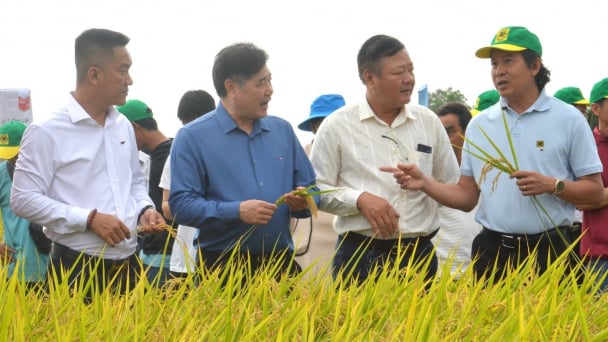
(VAN) The results from pilot fields are catalyzing the expansion of the One million hectares of high-quality, low-emission rice project in Kien Giang.
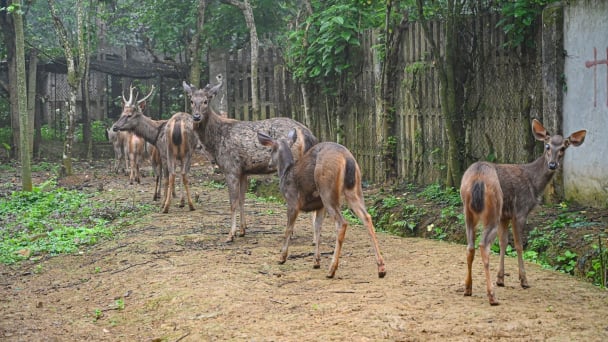
(VAN) On the morning of April 11, Cuc Phuong National Park received 18 individuals of endangered and rare wild animals from Da Nang city.
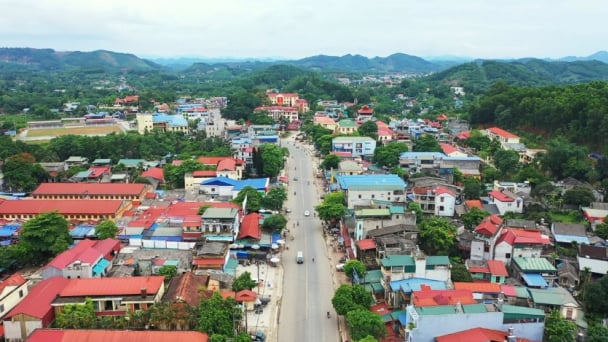
(VAN) FAO supports Vietnam in enhancing survey sampling techniques for the 2025 nationwide agricultural and rural census.

(VAN) By participating in the green transition, manufacturers become an indispensable part of the circular economy, contributing to resource optimization and environmental protection.
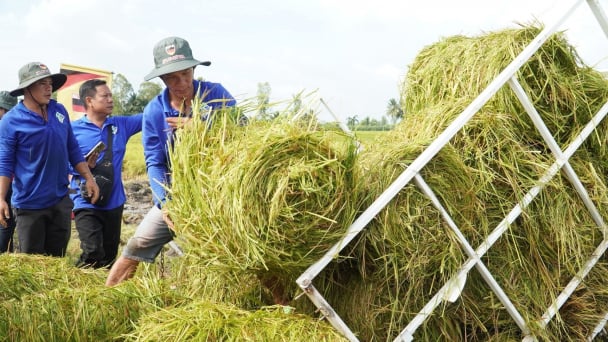
(VAN) The One Million Hectares of High-Quality and Low-Emission Rice Program can generate nearly 14 million tons of straw annually, posing an urgent requirement to diversify straw-based products.
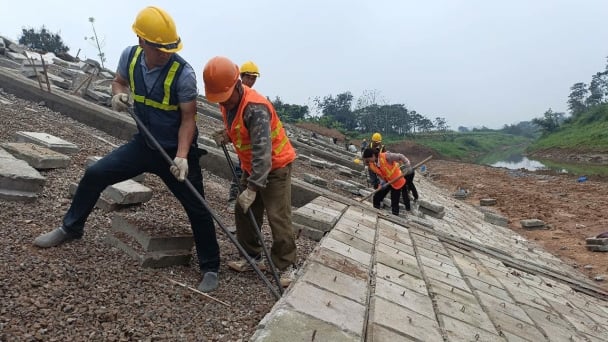
(VAN) This figure was recently announced at a conference held in Yen Bai, focusing on climate-resilient infrastructure development for ethnic minority regions.

(VAN) The evacuation center is a practical work in efforts to respond to natural disasters and adapt to climate change in vulnerable areas.